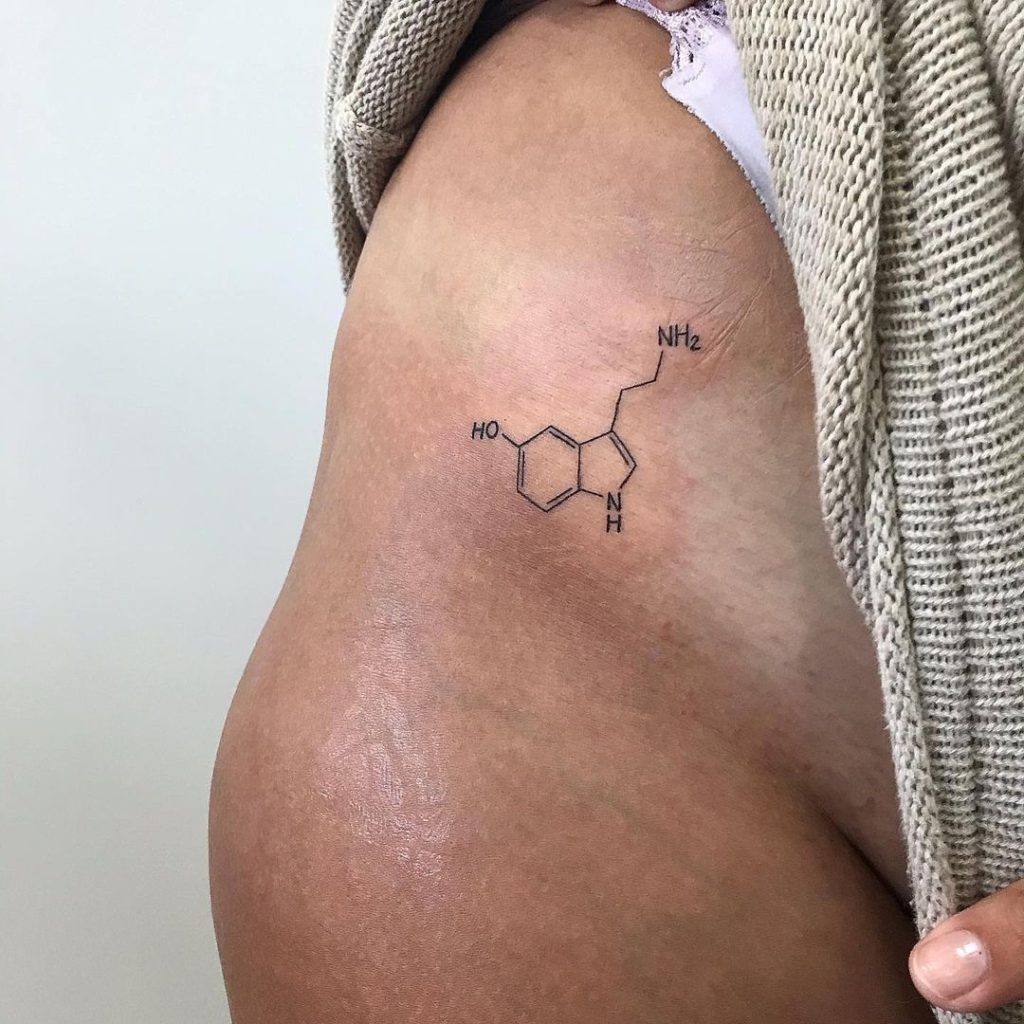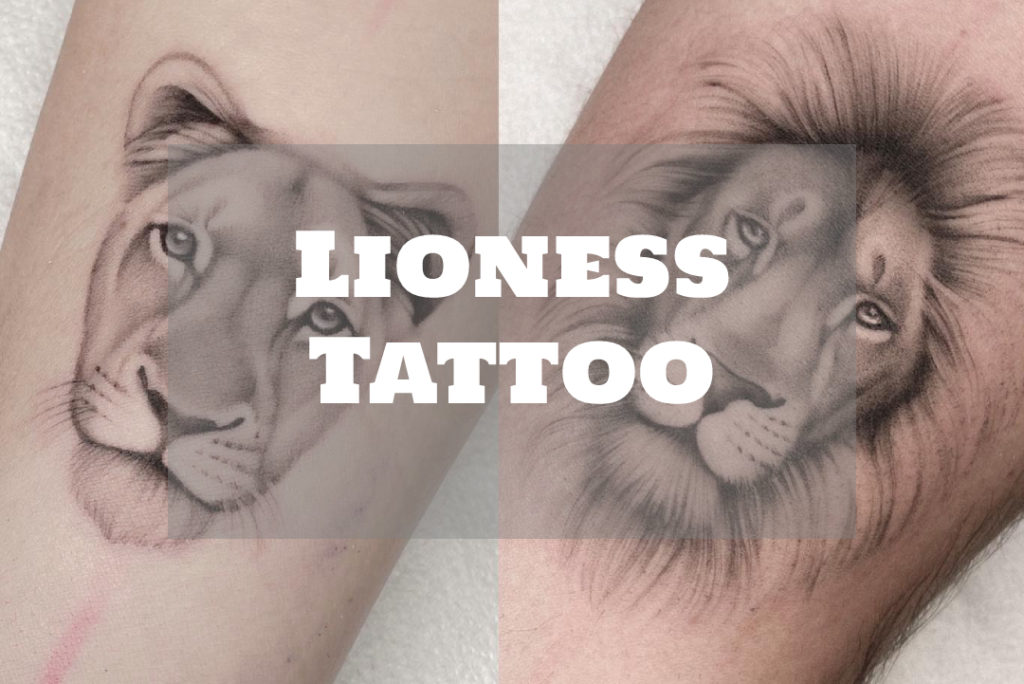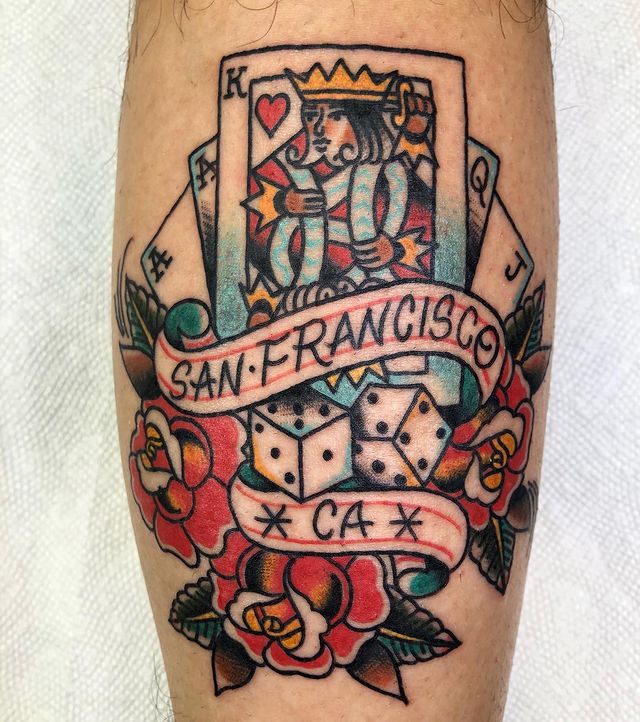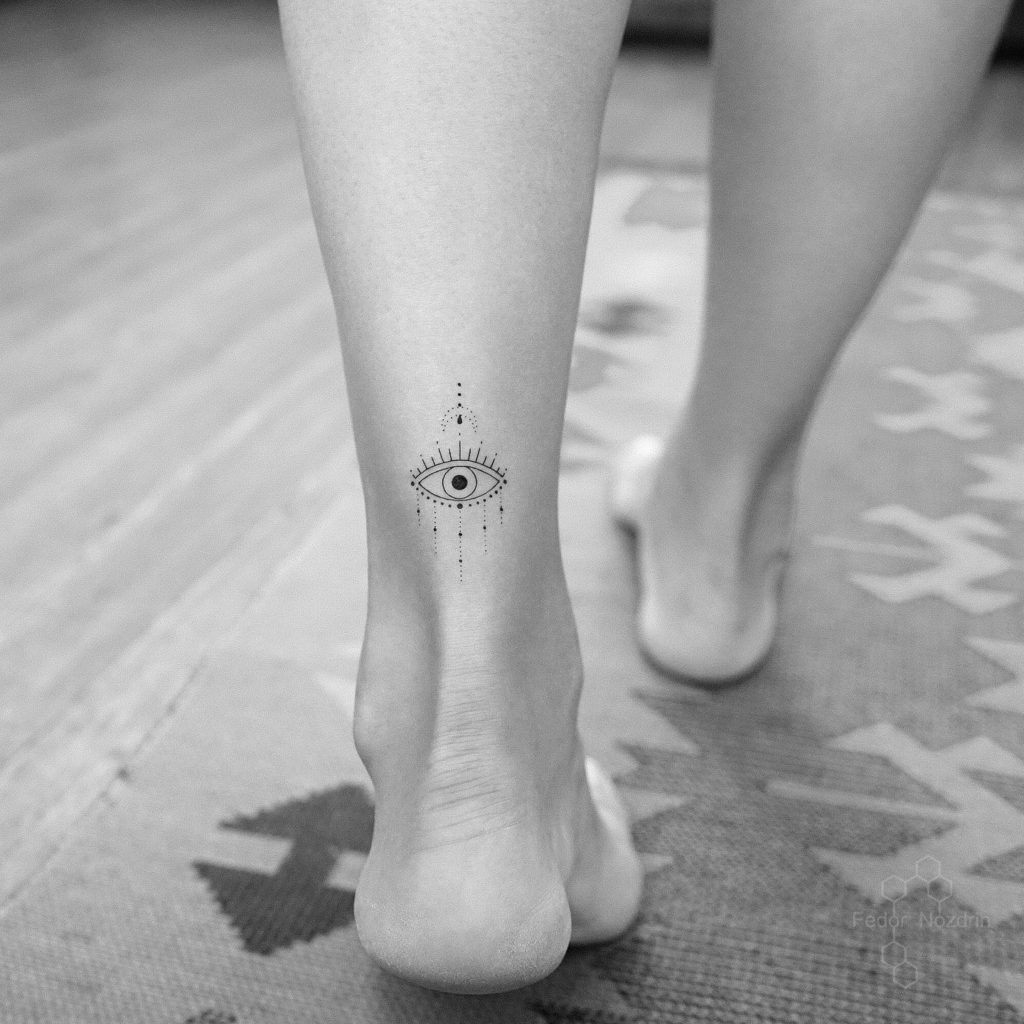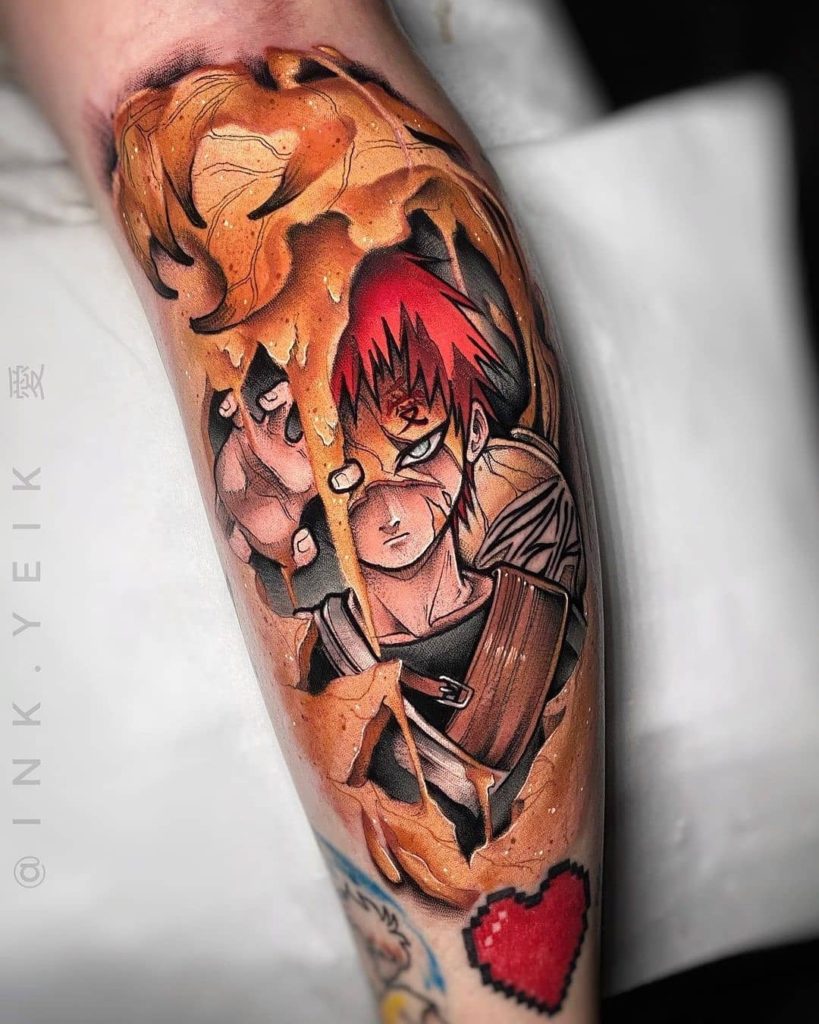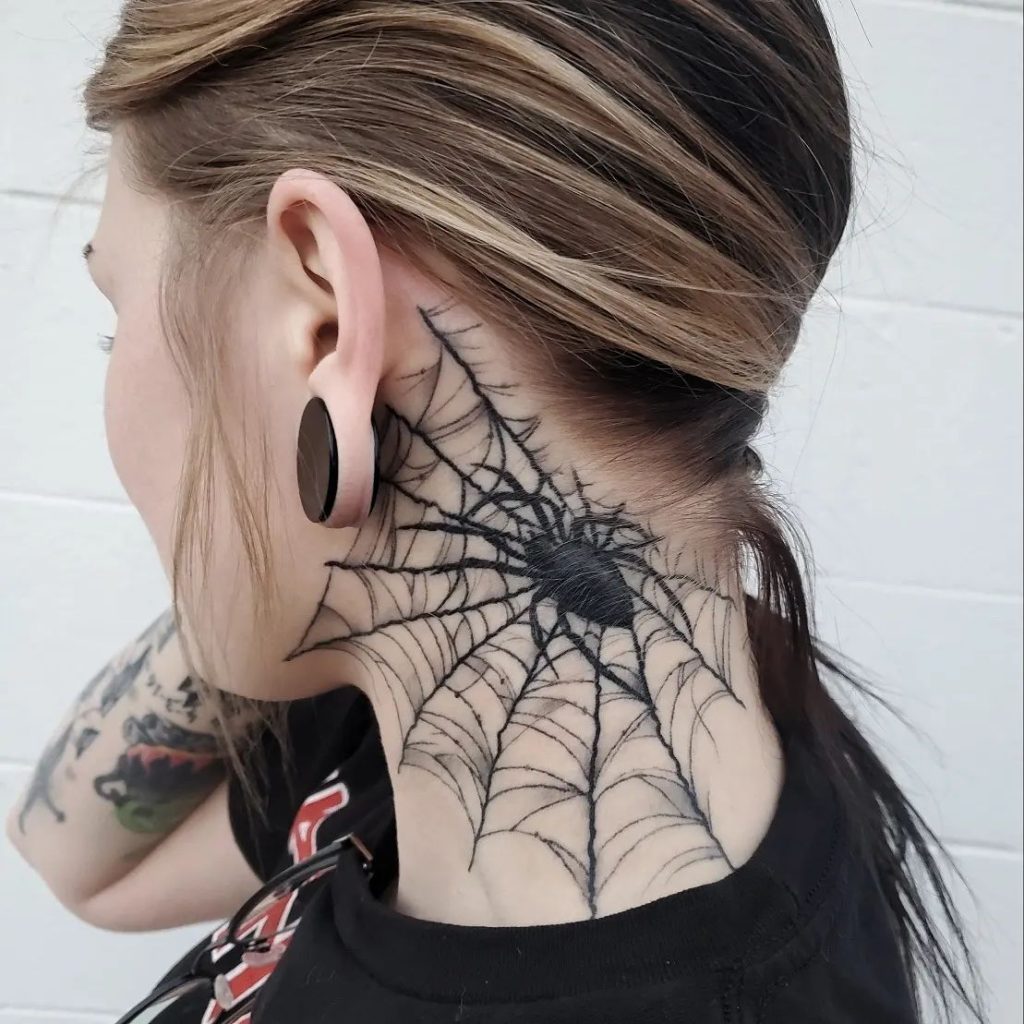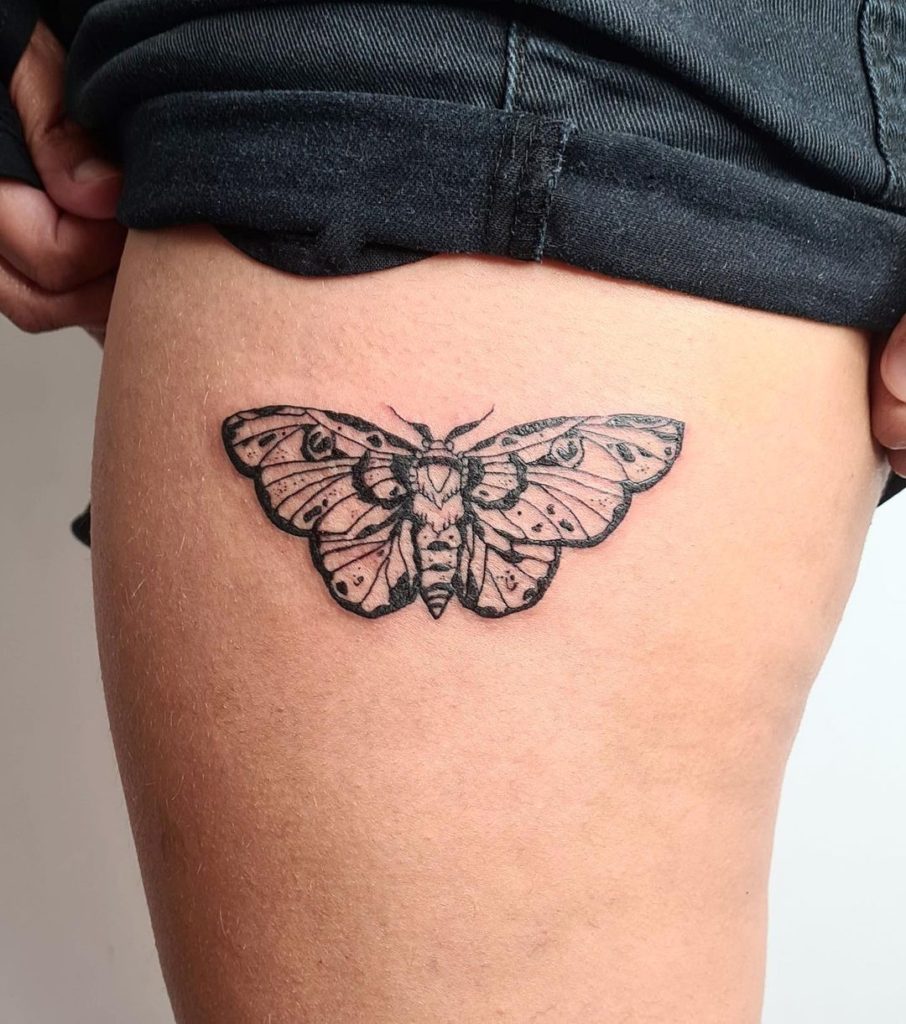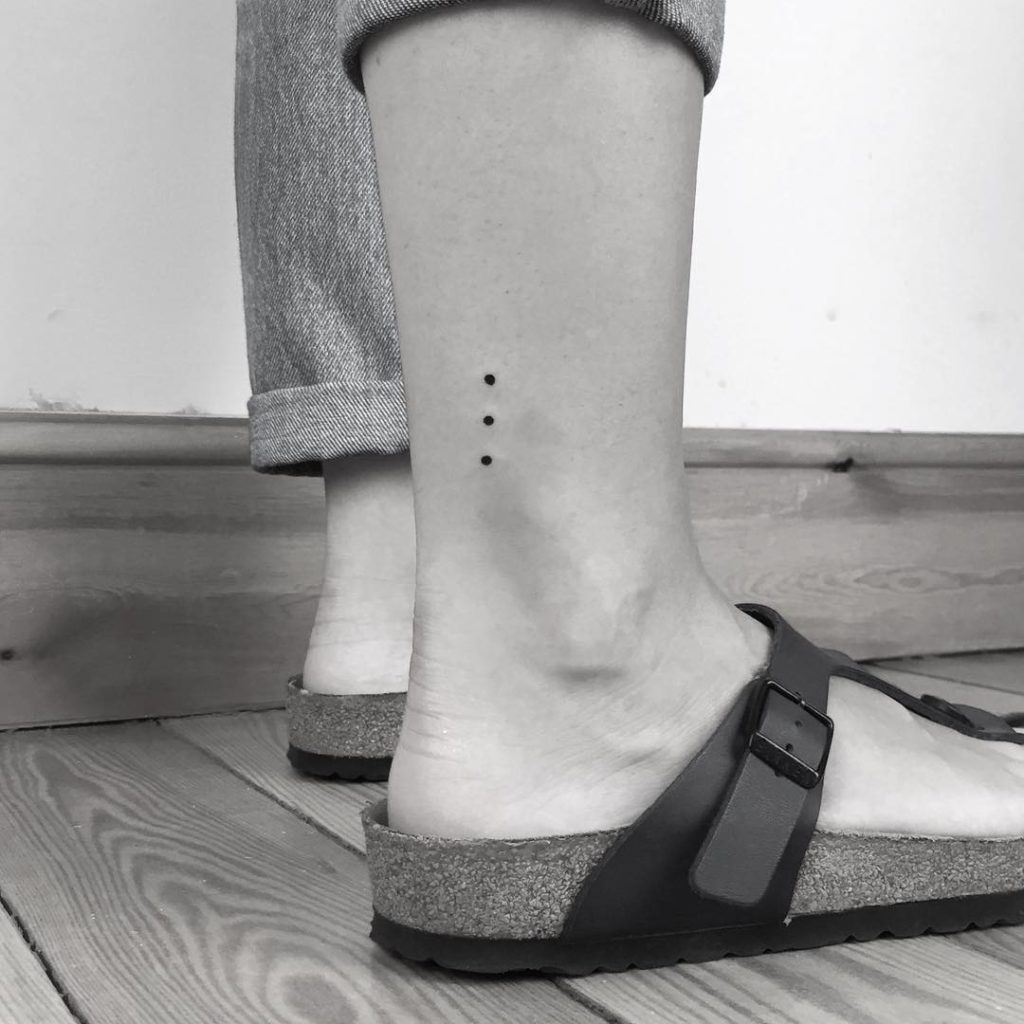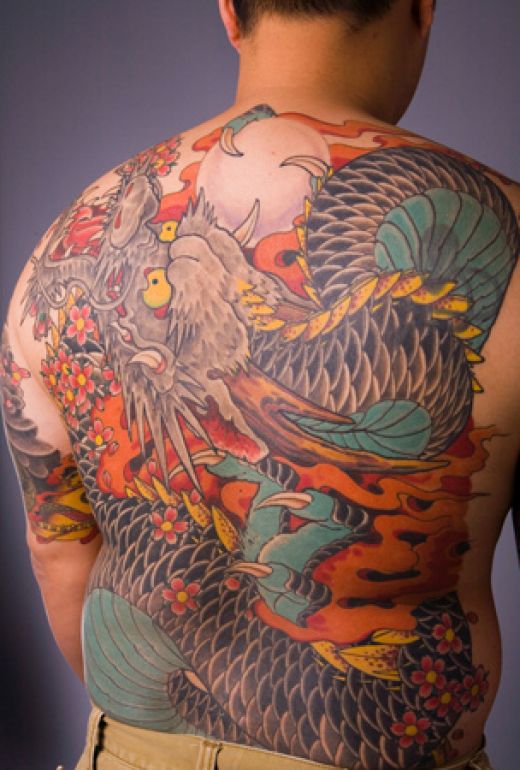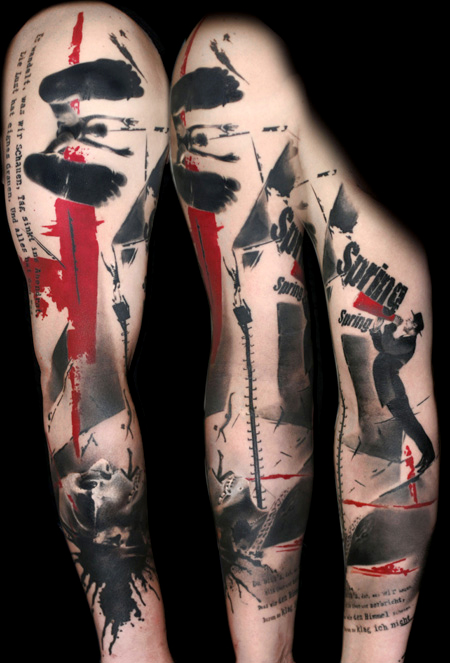Out of all things used with gold and silver, filigree is probably one of the most captivating forms of art. Practiced throughout the ages, it has been adapted, embellished, and stylized by many cultures across the world. Is it a shocker that it got adapted in the tattoo world? Of course not.
So what is it? Filigree is an ancient form of metalwork with its name originating from the Latin words “filum” meaning wire, and “granum” meaning grain. It is said to have advanced to the highest perfection in the Greek and Etruscan filigree of the 6th to the 3rd centuries BC.
Filigree lends itself to anything imaginable, including tattoos. It is built by curling, twisting, and painting fine threads of silver or gold wire. If it weren’t for their exceptional ductility, filigree tattoos wouldn’t exist.
Starting with only several grams of them you can obtain a thread several meters long and only 0.2 millimeters thick, which are then shaped to illustrate designs. And the designs…boy, oh, boy they’re something special, but we’ll get to them a little bit later. Now it’s time to read about the history of filigree ornamental work.
History of Filigree
The filigree method is said to have developed during the ancient Greek era, 400 years before Christ’s birth. However, some archeologists believe the technique existed roughly 3000 years before Christ.
The first example of filigree was a knife discovered in the royal tomb of Mesopotamia’s Queen Pu-Abi in Egypt, which was most likely produced around 2,600 BC. The second was the discovery of several gold and silver rings in the tomb of Egyptian King Tutankhamun, which were most likely fashioned about 1350 BC. Similar artifacts were discovered in Lebanon, probably from around the year 1000 BC. It is predicted that from Lebanon, filigree spread throughout the Mediterranean to the south of Italy in the 7th century BC.
During the time of the famous Trojan war, jewelry such as necklaces and earrings were decorated with flowers made using the filigree technique. In the year 323 BC, filigree spread through the south of Europe and then to India. Around the year 133 BC, Rome had entirely conquered the Greek empire and its economic wealth. The glory of the Roman Empire rapidly advanced the jewelry industry. Cabochon gemstones were growing in popularity while filigree and granulation went out of fashion.
The Byzantine Empire, on the other hand, developed as the repository of classical learning — preserving the artistic heritage of the Greek and Roman artisans. During the Byzantine era, many art and religious objects were made of gold, silver, and gemstones, decorated with filigree, granulation, engraving, and enameling. After a long absence, filigree reestablished itself in northern Europe with the Saxons, Britons, and Celts who were already for a long time extremely skilled in metal jewelry making.
During the Renaissance, religious-themed objects were gradually replaced by naturalistic and classical themes. Jewelry with enameling and filigree combined with faceted gemstones were for the first time united in the form of pendants, brooches, necklaces, and chains. In the 17th and 18th centuries, however, the filigree was left behind. Why? Well, the invention of cheaper methods of production, such as the mechanical process of stamping and cutting out patterns meant that the skilled artisans were no longer needed to create jewelry and ornaments.
By the late 19th century, the style sensibility of the Victorian era was challenged by the development of Art Nouveau which burst upon Europe and America. Jewelry was dominated by flora and fauna themes, and filigree and enameling began to be used again. After the death of Queen Victoria, her son Edward VII became kind of England. In comparison to the austerity of Victorian England, Edward’s reign marked a joyous return to elegance in styling, clothing, and jewelry. Edwardian jewelry coincided with the Art Nouveau movement, and delicate filigree work was now the fashion worn by Edwardian ladies of the period.
In reality, people are still strangers to this filigree technique although this art is centuries old. This technique has become part of life and art expertise controlled by the public of jewelry makers in Indonesia, especially in the city of Yogyakarta. That way, Borobudur Silver is present in the middle of the scarcity of filigree techniques in Indonesia to continue to preserve this unique art.
Filigree Tattoo Designs
Even though filigree tattoos aren’t as popular as filigree jewelry, for me, they have one of the highest potentials for a custom tattoo design. The filigree tattoo designs showcased below are the perfect example of that. Plus, you can see how filigree looks on different parts of the body. Be careful tho, some of these are proclaimed as one of the most painful places to get a tattoo, so make sure to pick a ‘softer’ spot if you can’t handle great pain.
Filigree Chest Tattoo
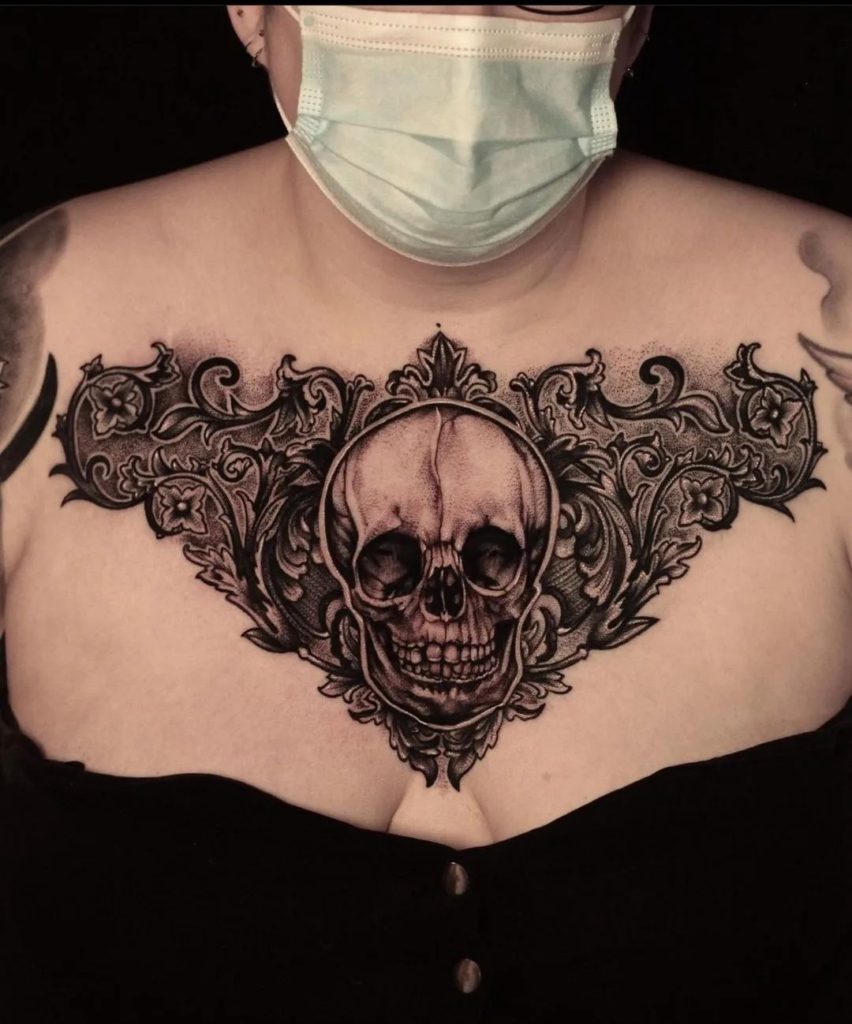
Filigree Sternum Tattoo

Filigree Leg Tattoo

Filigree Hand Tattoo

Filigree Back Arm Tattoo
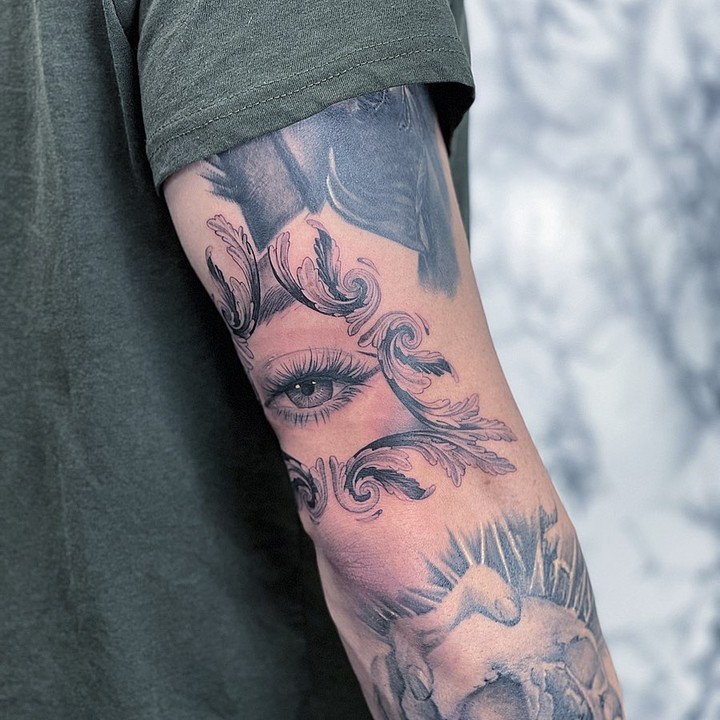
Filigree Arm Tattoo

Filigree Forearm Tattoo
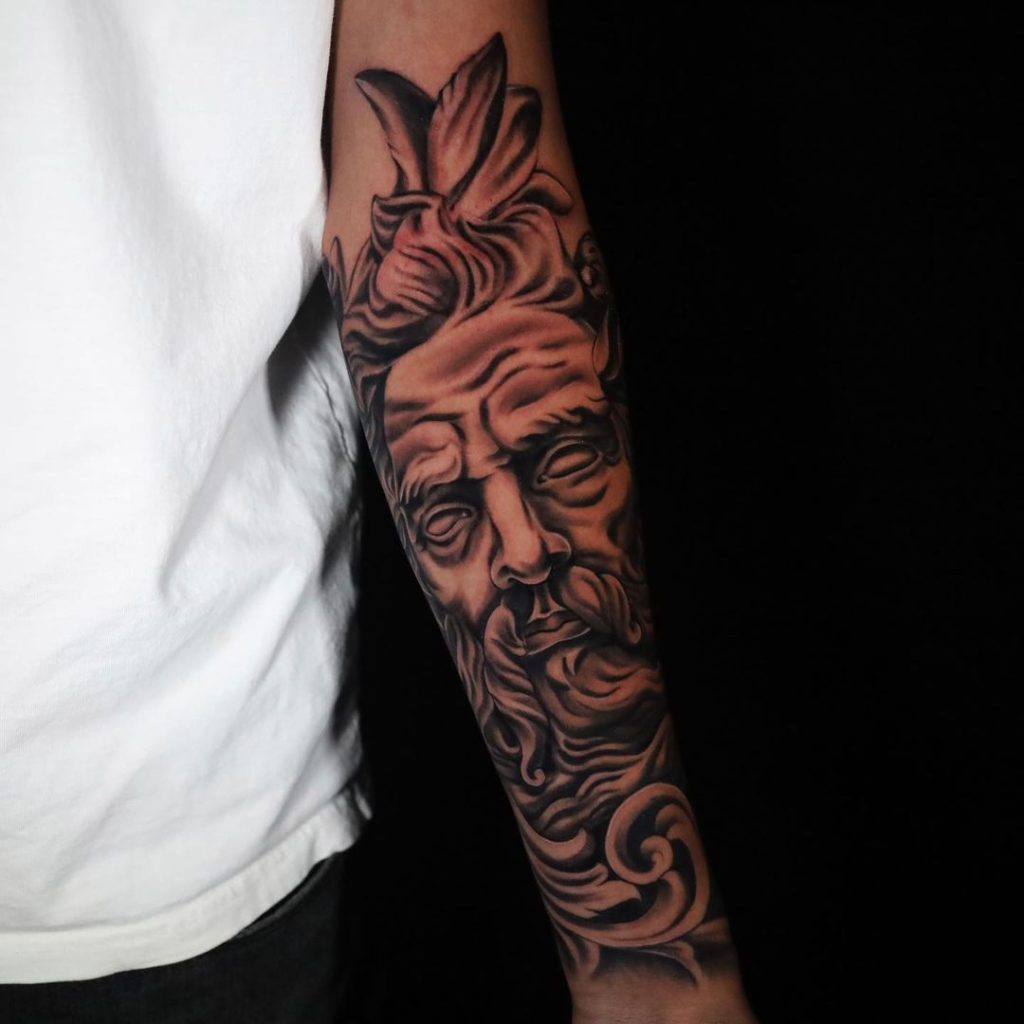
Filigree Arm Sleeve Tattoo

Filigree Hip Tattoo
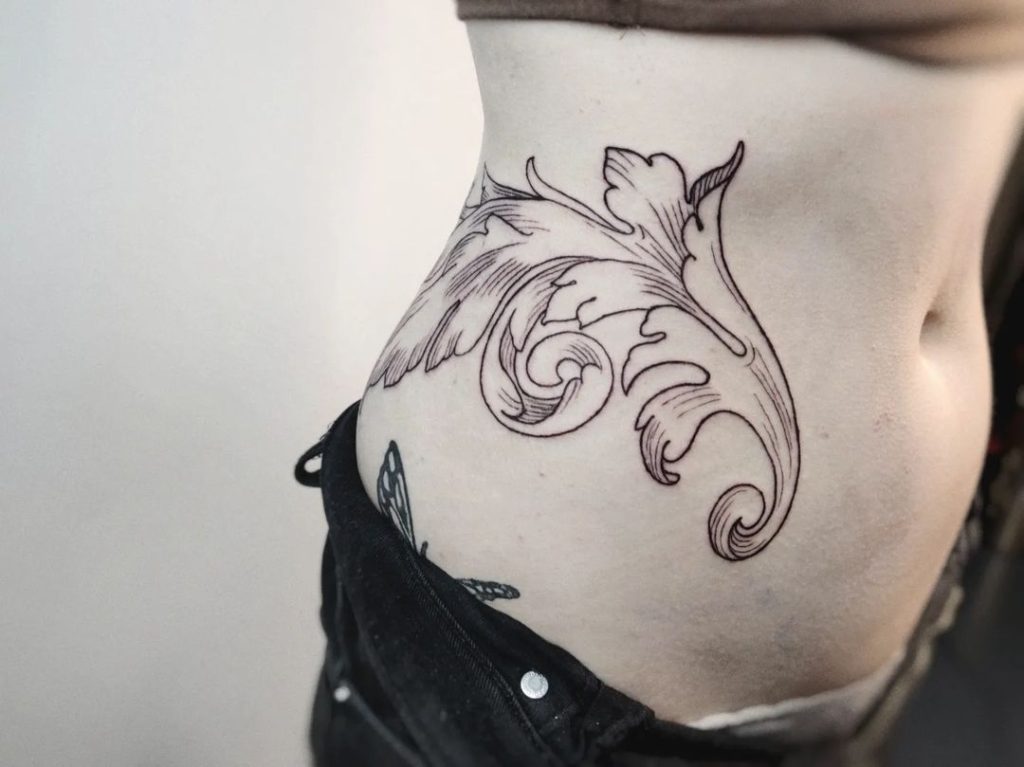
Filigree Side Leg Tattoo

Filigree Neck Tattoo
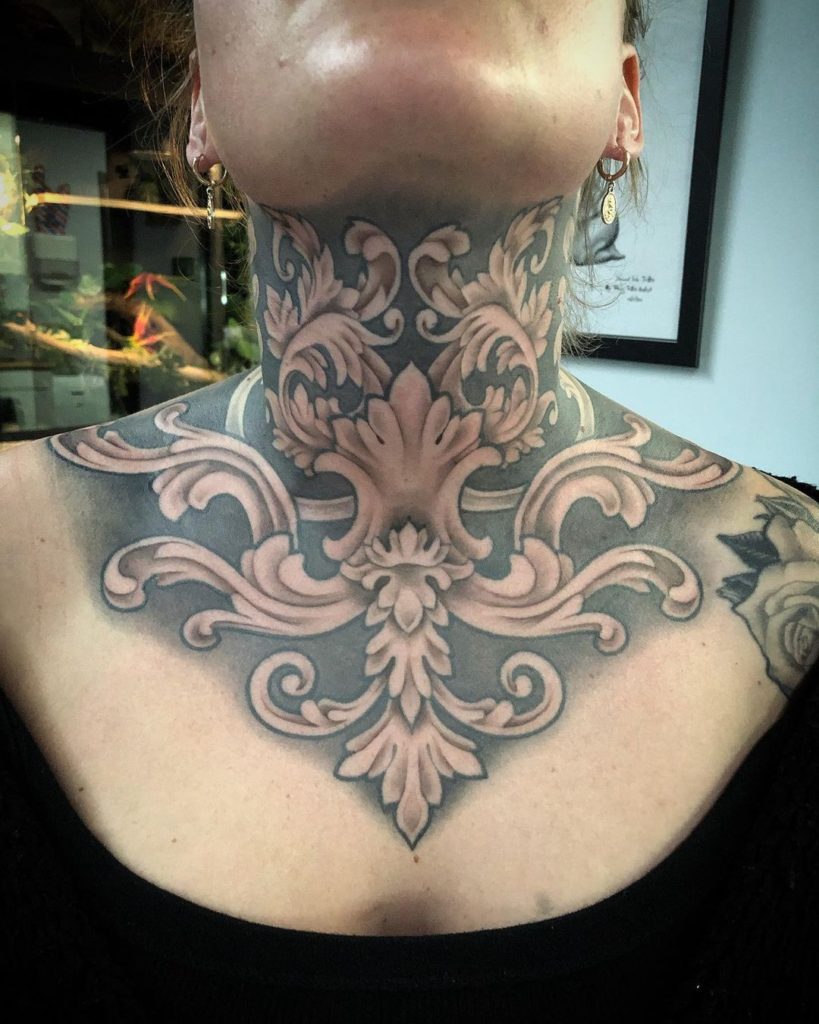
Filigree Stomach Tattoo

Filigree Wrist Tattoo
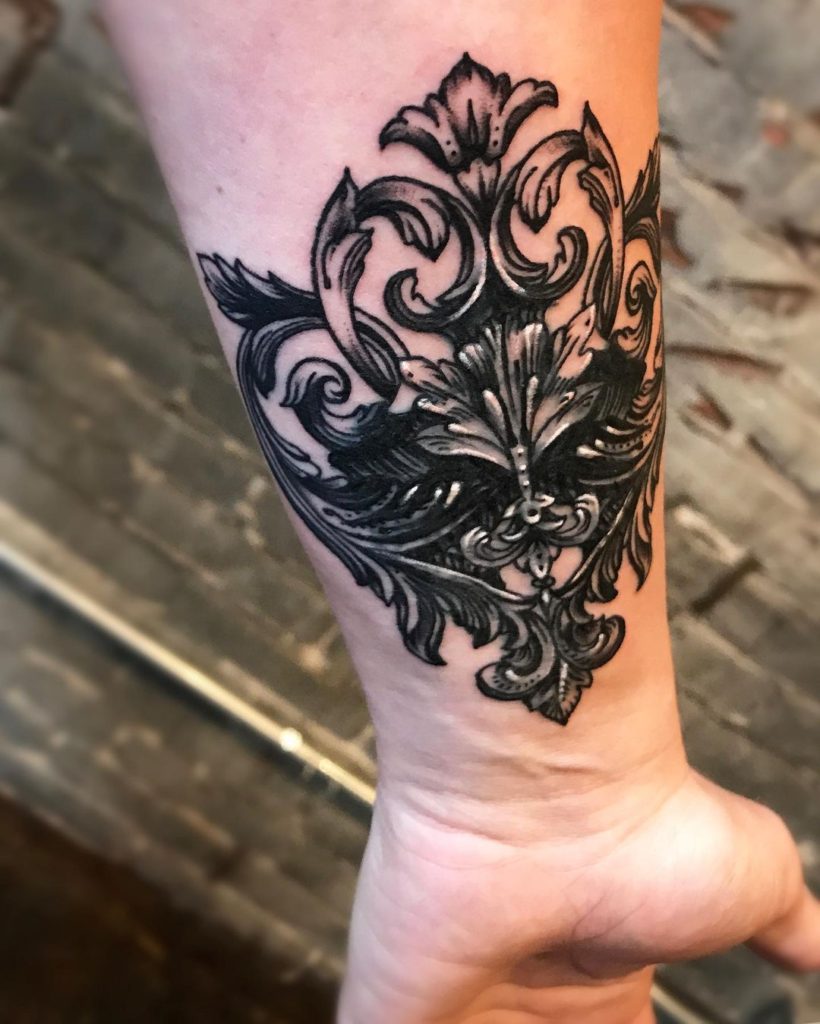
Filigree Butt Tattoo

Filigree Inner Bicep Tattoo

Filigree Back Tattoo
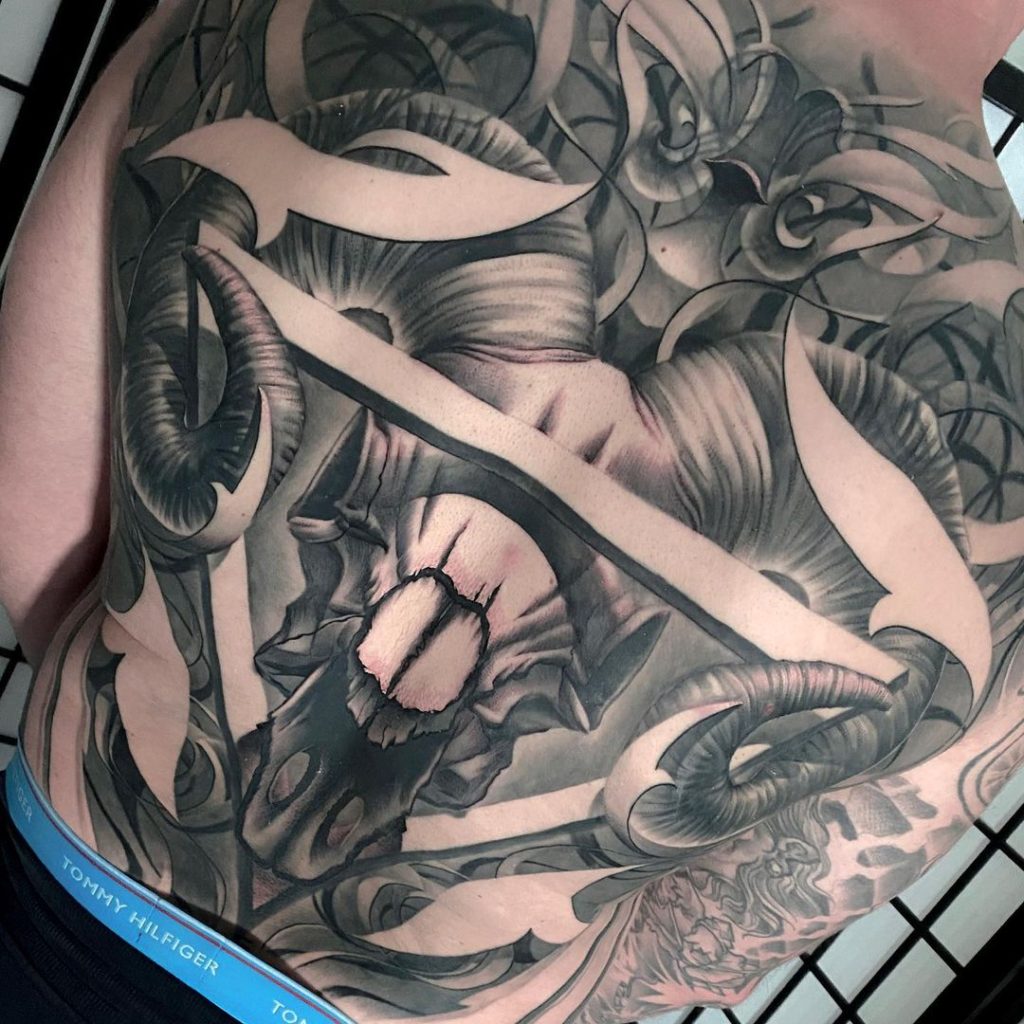
Final Thoughts on Filigree Tattoos
If you ask me, there is no other tattoo technique that can look as luxurious on the skin as filigree. While American traditional tattoos can make you feel like a sailor, filigree tattoos can make your body a refined temple of art. That’s the coolest thing about tattoos — each style invokes different emotions of how you see yourself and your body.
So, which tattoo technique is your favorite? And do you like the filigree tattoo designs? I would love to hear your thoughts on this in the comments section below.


